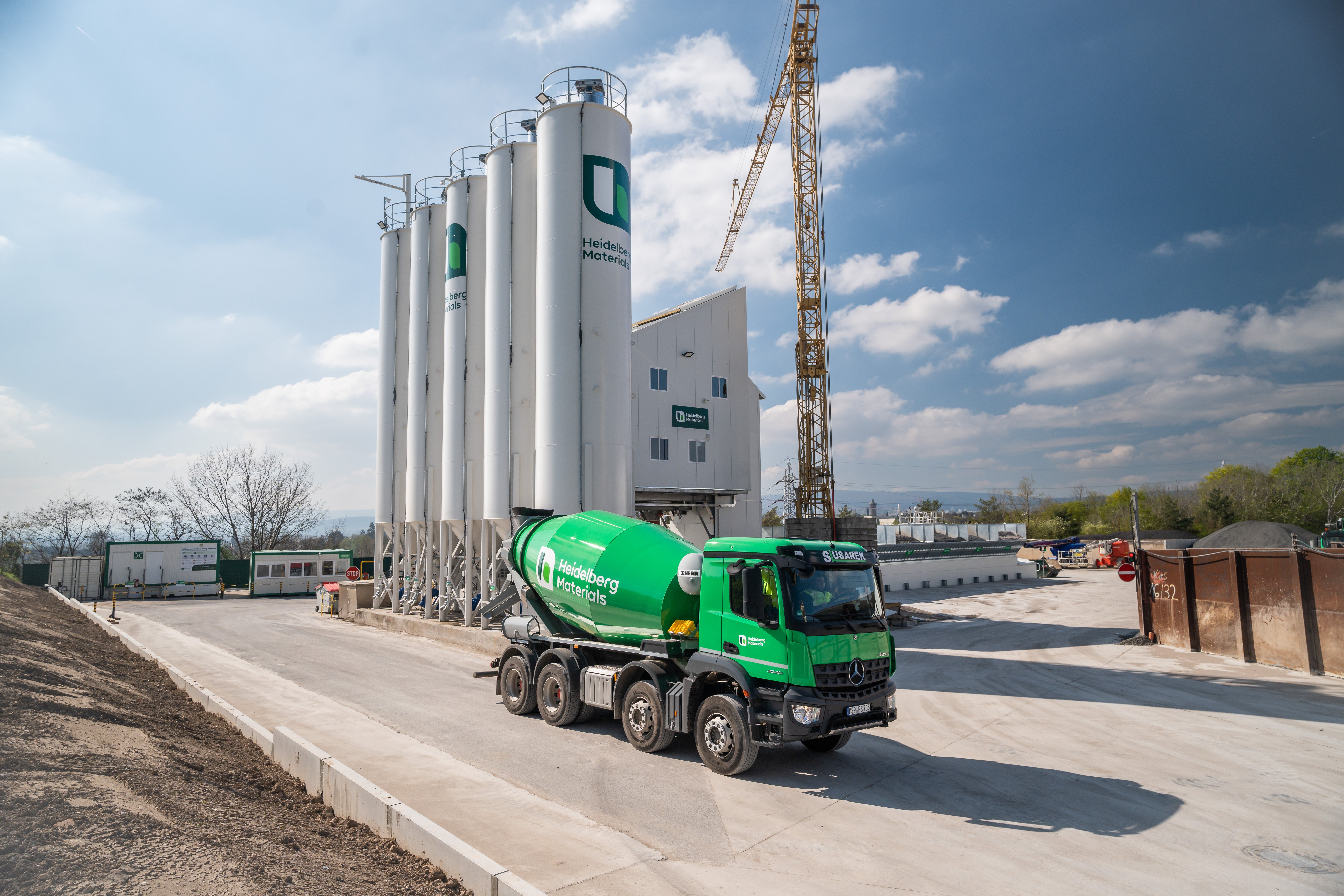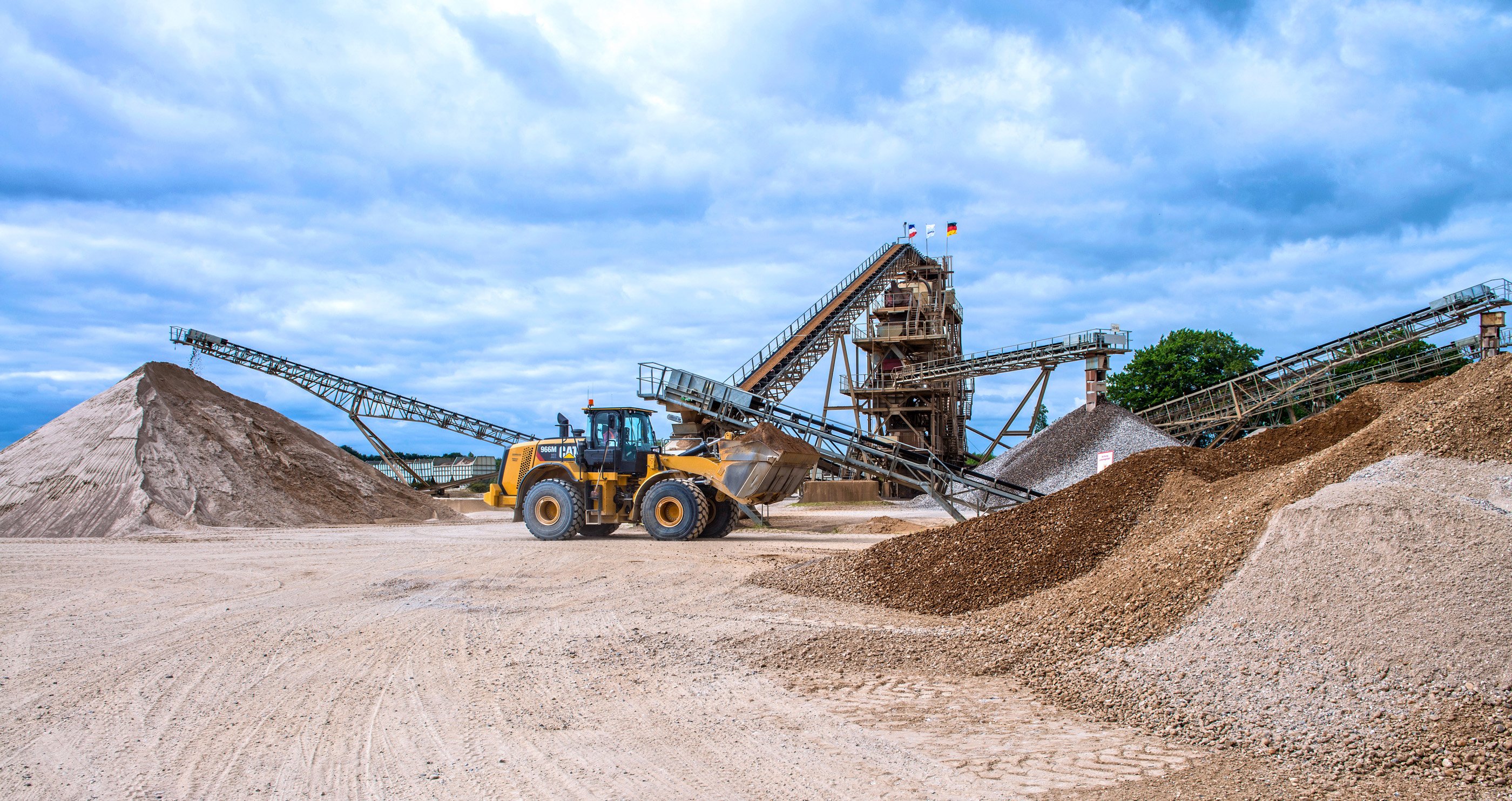In the fast-evolving landscape of sustainable finance, Heidelberg Materials, one of the world’s largest building materials companies boasting €21 billion in revenues for 2022, stands are the forefront. The company has taken the lead in unraveling the intricacies of EU Taxonomy reporting and its pivotal role in steering corporate transition plans. As the European Union's bedrock for fostering sustainable investments, the EU Taxonomy mandates companies to report on environmentally sustainable economic activities, unleashing unprecedented sustainability data into the market for the first time this year.
On the back of CDP and Clarity AI’s latest report exploring how the EU Taxonomy relates to the real economy transition, Heidelberg Materials shares firsthand how they are using this reporting tool to execute their transition plans. Their case offers a best practice example for aligning financial and sustainability strategies - and points to a new era of transparency and comparability for corporations and investors alike.
EU Taxonomy as a tool for decarbonization
Cement counts for 7% to 8% of global CO2 emissions and "that's why it's so important for our industry to decarbonize", underscores Nicola Kimm, Chief Sustainability Officer (CSO) of Heidelberg Materials.
The construction company charts its decarbonization journey through a site-level carbon roadmap, leveraging three levers:
- Product development: innovating on cement and concrete composition;
- Process optimization: adopting more efficient energy use;
- Carbon capture utilization and storage (CCUS): capturing emissions that remain after the first two levers.
Scrutinizing the fine print: EU Taxonomy criteria and assessment
Heidelberg Materials’ assessment of eligible activities showed that currently, only their recycling and cement businesses are eligible for the EU’s objective of climate change mitigation. Notably, concrete and aggregates are yet to be included in the EU Taxonomy eligibility criteria.
The assessment of Heidelberg Materials’ cement business line – the highest emitting activity for the company – unfolds in a threefold process at the site level:
1. Technical Screening Criteria (TSC): Evaluating the substantial contribution of the activity to environmental objectives, with a specific CO2 threshold for cement and concrete.
2. Do No Significant Harm (DNSH) criteria:
- Conducting a risk analysis of the most important physical climate risks and develop adaptation actions if needed.
- The analysis is similar for water risks but here the company found the EU Taxonomy puts a greater focus on water quality.
- Notably, DNSH criteria for cement are yet to include circular economy considerations.
- On pollution prevention, Heidelberg Materials assesses their sites relative to EU reference values while also relying on internal management systems.
- Finally, for biodiversity Heidelberg Materials has taken a similar approach to water, conducting a site-level biodiversity assessment.
3. Investigate minimum safeguards
Where EU Taxonomy reporting meets transition planning
Nicola Kimm emphasizes the symbiotic relationship between EU Taxonomy reporting and Heidelberg Materials' plans towards their net-zero ambition for 2050. "We find the EU Taxonomy reporting and the climate transition plans really come together," Kimm says.
The CSO explains how this synergy propels Heidelberg Materials' transition plans, bridging the gap between the organization’s financial and sustainability strategies by:
- Allocating €1.5 billion for Carbon Capture, Utilisation and Storage (CCUS) by 2030 and €100-150 million annually in conventional measures;
- Securing a €750 million sustainability-linked bond, intertwining internal financial planning with sustainability strategy;
- Aiming for sustainable financial instruments to constitute 70% by 2025.
Kimm concludes: “We consider the EU Taxonomy to be a valuable tool to align processes in terms of CapEx and OpEx to meet our ambitions. It's also useful to show this alignment to our external stakeholders and we think in general it supports the development of credible transition plans".

Navigating challenges, leveraging learnings
As 2023 is the first year of EU Taxonomy reporting, uncertainties abound. Heidelberg Materials acknowledges challenges, including:
- Technical ambiguities: The lack of clear technical guidance on how to conduct an environmental impact assessment, for example after a factory's construction has taken place.
- Limited sector comparability: Challenges in comparing data within the sector, a point underscored in CDP’s latest report.
- Jurisdictional hurdles: Adapting the EU Taxonomy across diverse jurisdictions with different regulatory requirements proves to be a complex feat.
- Internal reporting discrepancies: The need for an upgrade on internal reporting systems, which were not originally made to capture data in the way that is required by the EU Taxonomy
However, Kimm says the organization’s first experiences with the EU Taxonomy have been positive: "Our experiences over the past year show the EU Taxonomy helps us to prepare for the Corporate Sustainability Reporting Directive (CSRD), foster a closer alignment between finance and sustainability in terms of reporting and planning and it helps us to provide our external stakeholders an objective benchmark, so they can compare companies within our sector."
For an in-depth exploration of Heidelberg Materials' internal governance setup to comply with the EU Taxonomy and their roadmap for future Taxonomy alignment, catch up on our exclusive online event.


